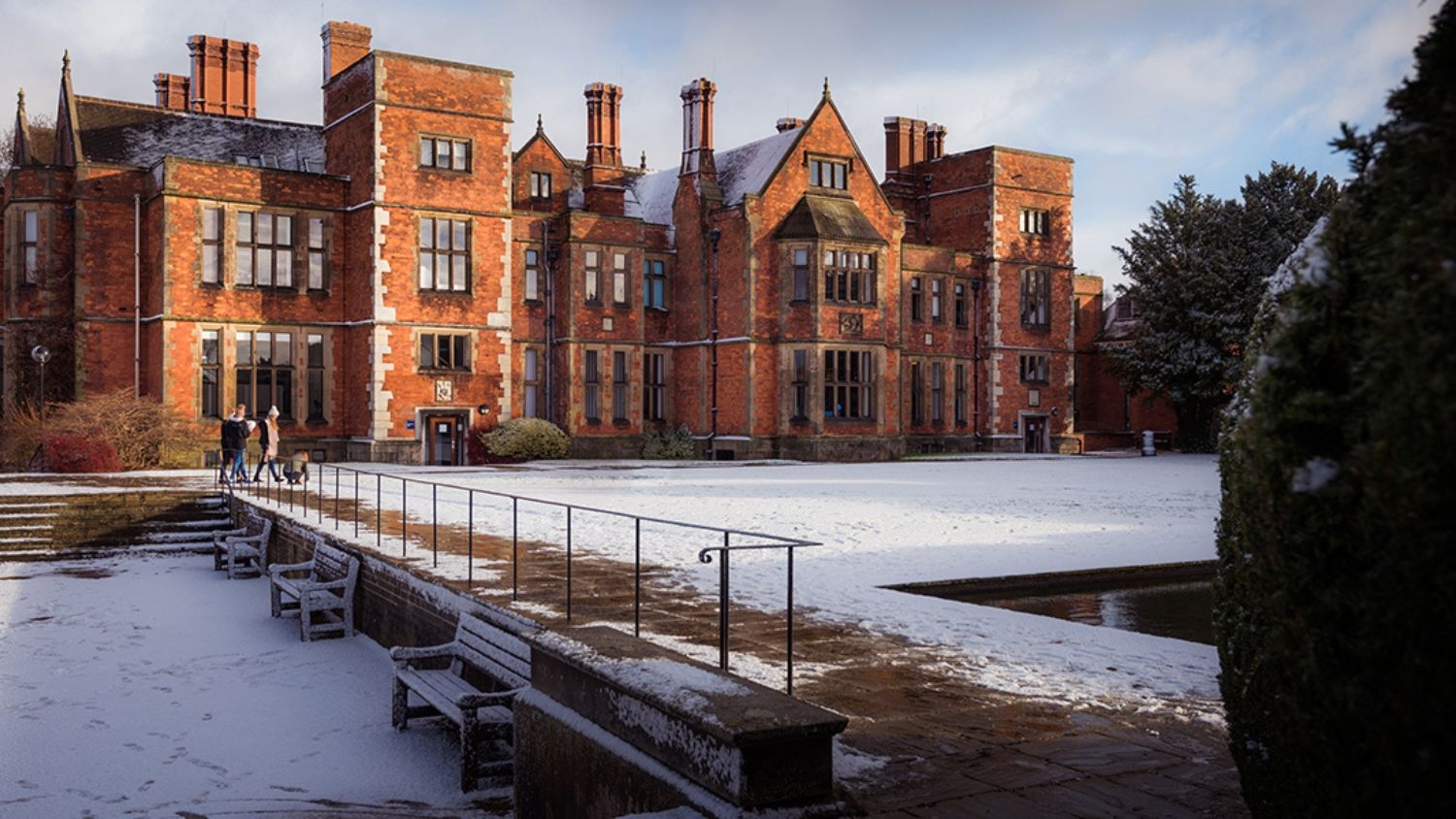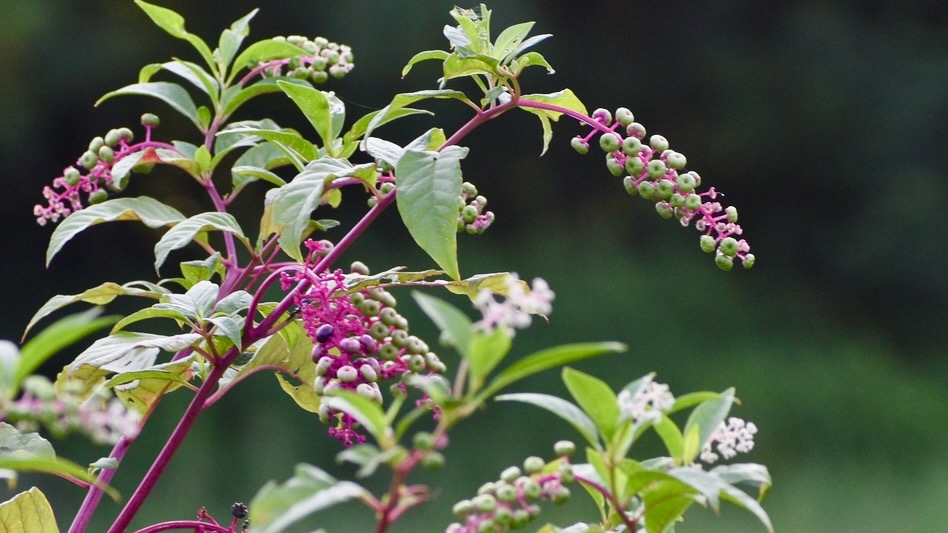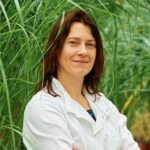Colleen Doherty Wins Fulbright Award to Study Phytomining in England

Outside the walled city of York in the northeast corner of England, amidst the open moorland and undulating crags, rain drops fall with abandon on the red brick parapets of the University of York. Within those hallowed halls, Colleen Doherty, assistant professor in the Department of Molecular and Structural Biochemistry, will conduct research as a Fulbright Visiting Scholar at the Centre for Novel Agricultural Products (CNAP) for six months beginning in January 2024.
In a country renowned for its plant science, Doherty will use her Fulbright award to explore the ways in which plants can recover rare earth elements from waste streams. As a bit of a misnomer, rare earth elements are actually abundant in the earth’s crust and are enriched in many waste streams like coal fly ash. Rare earth elements are essential components of technology being deployed in the face of a changing climate. Windmills and solar panels. Electric vehicles and batteries. These low-carbon alternatives require rare earth elements to be mined, often damaging the environment we are simultaneously working to protect in the process.
So a more sustainable solution for rare earth element mining needs to be explored. This is where plants come in, for plants are far more than just the sugars we eat and burn and weave. Their underutilized talents lie in the fats, proteins and specialized molecules that Doherty refers to as the “cool chemistries” to be leveraged in her research.
More specifically, Doherty will use a plant in the Phytolaccaceae family known as pokeweed. This North American native is a poisonous, herbaceous plant that can grow aggressively up to 10 feet tall with tassels of small berries arranged in an ombre of unripe green to a ripe purplish-black. This unmistakable plant is plentiful on the edges of fields and forests throughout the southeastern United States.

“Pokeweed is really great at accumulating and concentrating rare earth elements. But we’re not going to be planting fields of this stuff,” Doherty says. “We’ll bring the rare earth elements to the plants in small environments and work with the resources in the plants to understand how they actually take it up. We’ll then use that information to develop systems to mine the rare earth elements and recover them using plants.”
The goals of her Fulbright are twofold. One angle is to study the plant’s mechanism of uptake to develop synthetic membranes using plant enzymes that will mimic the rare earth element mining process. The other angle is to use the plants themselves to accumulate, process and recover rare earth elements. Ultimately, she envisions this work leading her to more aquatic plant species like macroalgae that will be able to recover rare earth elements in contained environments.
Doherty notes this project would not be possible without her collaboration with Mike Kudenov in the Department of Electrical and Computer Engineering, who developed the sensors that detect the rare earth elements in plants. In York, Doherty will be working with plant biotechnology experts Neil Bruce, director of CNAP, and Liz Rylott, senior lecturer at CNAP. Bruce and Rylott work with the U.K. Ministry of Defence to develop plants that detoxify explosive chemicals used in munitions and recover noble metals from the environment in a process known as phytomining.



“What really drew my interest [to the University of York] was that they develop plants that can take metals up and then make a nanoparticle inside the plants of a specific size,” Doherty says. “So not only are the plants concentrating the metal, but then the plants are processing it to be something useful that we can harvest. Isn’t that cool?!”
Doherty always works on cool projects, but they mostly focus on how plants are impacted by climate change. She’s particularly excited for the opportunity to learn new phytomining techniques on her Fulbright because her rare earth element mining research will allow her to use plants to try to combat climate change instead of looking only at its detrimental effects.
Doherty’s graduate student, Edmaritz Hernandez Pagan analogizes her research to the plot of “Don’t Look Up,” a movie in which an asteroid rich in rare earth elements is hurtling toward Earth. In order to capture the rare earth elements, the characters must risk letting the asteroid destroy part of the Earth.
“That’s what we’re doing now,” Doherty says. “We want the rare earth elements to save the environment, but we’re destroying the environment to get the rare earth elements.”
She hopes the research she is able to pursue in York as a Fulbright Scholar will provide valuable insights into the power of plants to save the environment to which they belong.
This post was originally published in College of Agriculture and Life Sciences News.
- Categories: